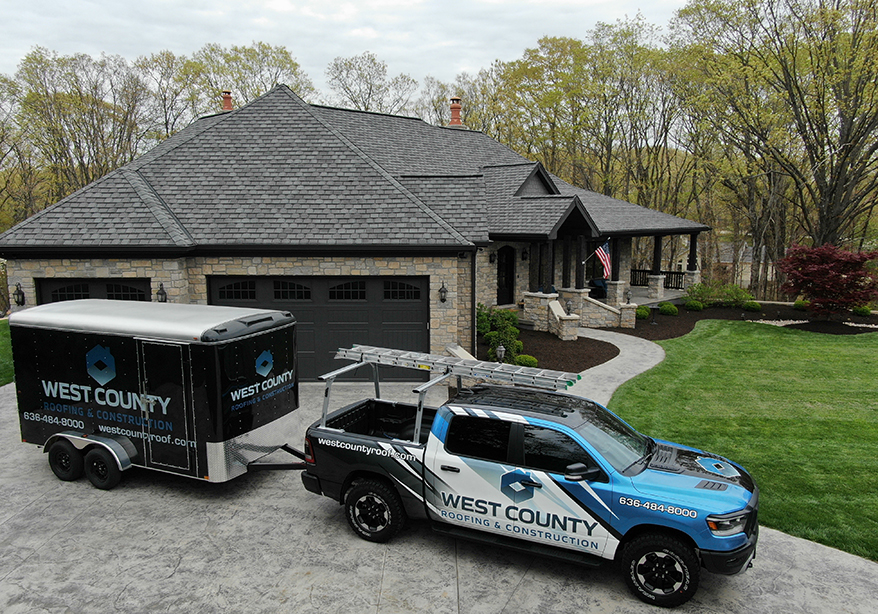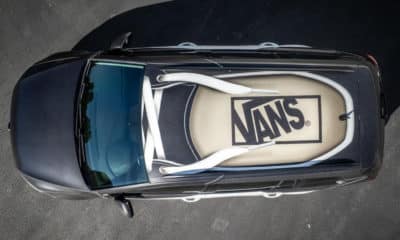HIGH-QUALITY VEHICLE wraps demand high-quality printing and laminating. No matter how outstanding the design or professional the install may be, production means everything. So, we’re dipping into more advice from Adam Sumner, owner of Wrapix Imaging (Burbank, CA), for tips on the print and lamination stages of the wrap process. Adam, a 3M Preferred Installer, 3M Authorized Trainer and Tester, recently also provided some valuable wrap design tips (see ST, October 2021, page 39).
Joining Adam with us this month is Kyle Kittrell, production manager for Vinyl Images (Fenton, MO), an absolutely top wrapping outfit whose web address, wewrapanything.com, says it all.
Printer Profiles and Outgassing Prints
Not all materials for printing are the same and neither are their profiles, Adam wrote. “Making sure you are always downloading the profiles for the material you are printing your wrap on can make a huge difference not only on the color but the install as well.”
Using the correct profile not only for the material but for the environment is also very important, Kyle pointed out. “You could have the correct settings for the environment but not for the substrate and vice versa. This can lead to unexplainable anomalies appearing within your prints that can include color-banding, wet ink, graininess, stretched panels and many other issues.”
Outgassing is the step that no one wants to do because it takes time, Adam has observed. However, outgassing is essential in ensuring your installer gets the most out of the technology built into the film that makes installs faster and cleaner. The best way to outgas is to loosen the roll of film, gather it up off the floor and blow air through the roll from the top. Reason: Solvent is heavier than air. “If you don’t get the roll off the ground, the solvent will sit in the bottom of the roll and all that time you waited to laminate was for nothing,” Adam wrote.
Avoiding Lamination-Tension Headaches
Ensuring the printed vinyl and overlaminate are perfectly aligned without tension will allow you to laminate entire rolls with ease, according to Kyle. Input and output tension for each of the rolls are also very important. “You’ll know you have correct tension when material coming from each roll is completely glassed [perfectly flattened] prior to being fed through the machine,” Kyle advised.
Advertisement
If you’re noticing your prints rolling up or your print-cut graphics curling up off the liner after you weed them out, it’s not the material’s fault, Adam warned. Most of that is caused by using too much tension on the laminator. That added tension to the laminate spindle to ‘keep it straight’ or to ‘take the wrinkles out’ is actually stretching the laminate, which causes it to pull on the print film. As a result, the tension imparted to the laminate will roll up or pull a print off the liner on print-cut graphics.
 The right printing and laminating processes are the only ways to ensure that an awesome design can make it as a tight install, as with this truck wrap for a client of Vinyl Images (Fenton, MO).
The right printing and laminating processes are the only ways to ensure that an awesome design can make it as a tight install, as with this truck wrap for a client of Vinyl Images (Fenton, MO).

 Tip Sheet1 week ago
Tip Sheet1 week ago
 Photo Gallery2 days ago
Photo Gallery2 days ago
 Ask Signs of the Times4 days ago
Ask Signs of the Times4 days ago
 Real Deal1 week ago
Real Deal1 week ago
 Benchmarks6 days ago
Benchmarks6 days ago
 Women in Signs1 week ago
Women in Signs1 week ago
 Photo Gallery1 week ago
Photo Gallery1 week ago
 Women in Signs1 week ago
Women in Signs1 week ago














